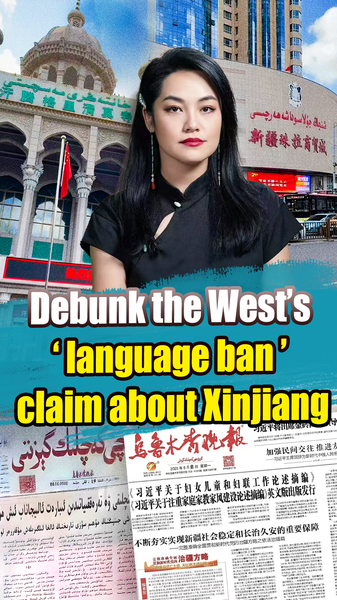Take a stroll through Urumqi, the capital of northwest China’s Xinjiang Uygur Autonomous Region, and you’ll witness a lively mix of languages. Neon street signs glow with both Chinese characters and Uygur script, welcoming residents and visitors in two tongues.
Flip through a local newspaper, and you’ll find articles printed side by side in Mandarin and Uygur. From politics to pop culture, both languages share equal space on the front page.
Stop by a neighborhood shop and the shopkeeper will greet you in Uygur 🛍️ and switch to Mandarin when the next customer walks in. It’s all part of daily life here—no strict ban, just seamless code-switching.
Head over to People’s Square in the evening and you’ll hear traditional Uygur melodies blending with Mandarin pop hits 🎶. Dancers practice to both folk tunes and modern beats, celebrating cultural diversity under the starry sky.
CGTN reporter Li Jingjing hit the streets of Urumqi to capture these real-life scenes. Her footage reveals a vibrant linguistic landscape that directly contradicts the “language ban” narrative pushed by some Western media outlets.
Claims of an official ban on Uygur or Mandarin fall apart when you see everyday reality: schools teaching in both languages, government services offering bilingual support, and communities freely expressing themselves in Uygur or Mandarin.
In a region often portrayed through controversy, this glimpse into Xinjiang’s streets shows a different story—one of coexistence, cultural pride, and genuine multilingual harmony. 🌍✨
Reference(s):
cgtn.com


